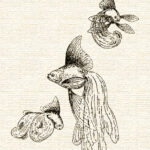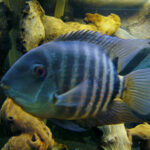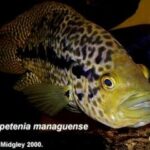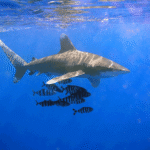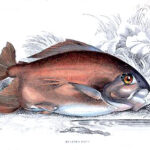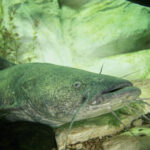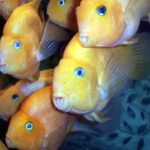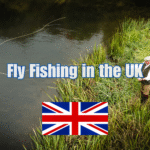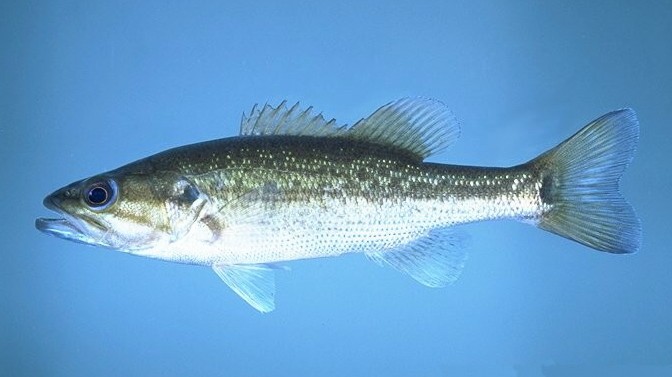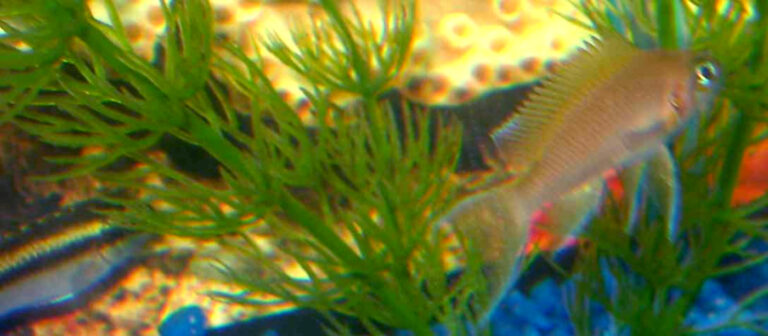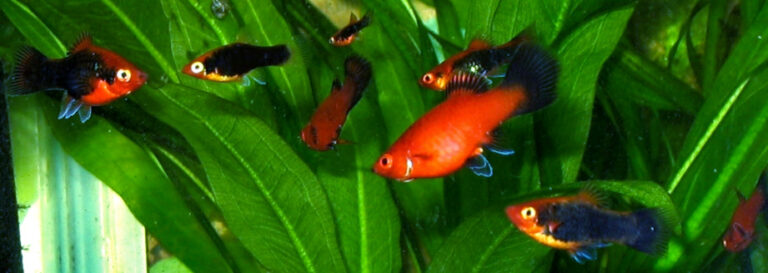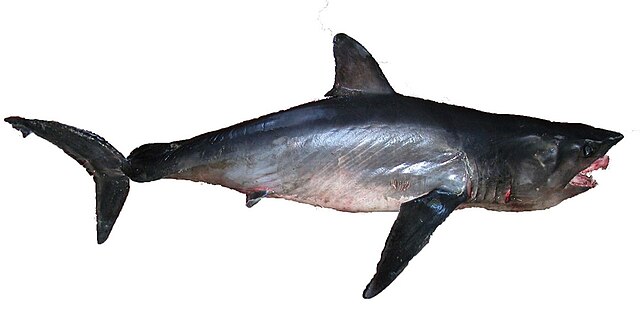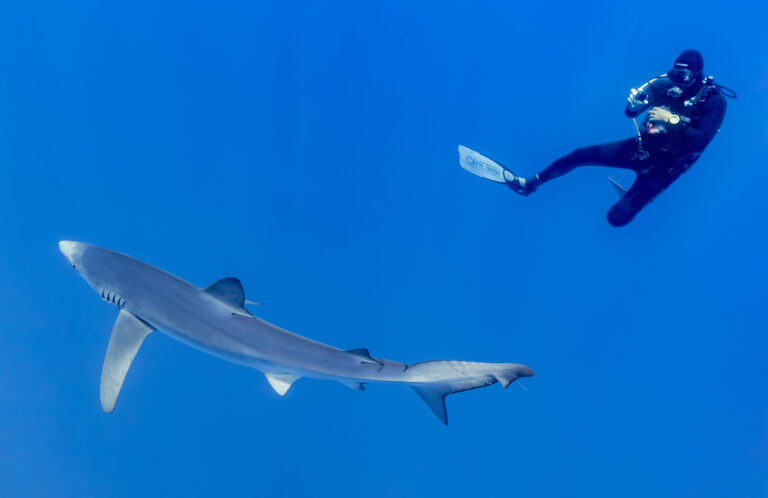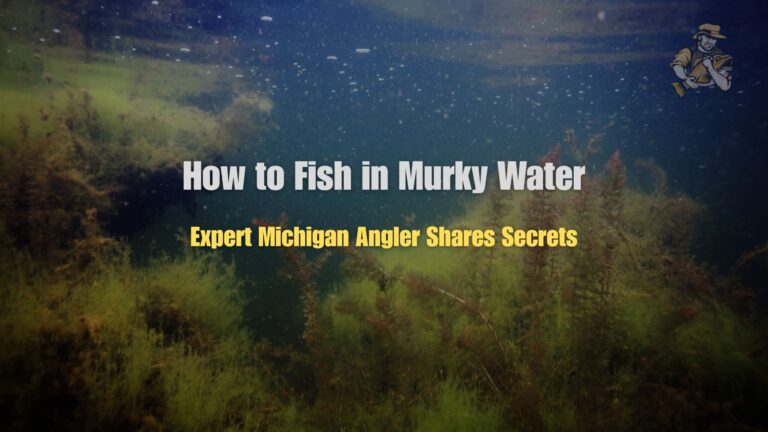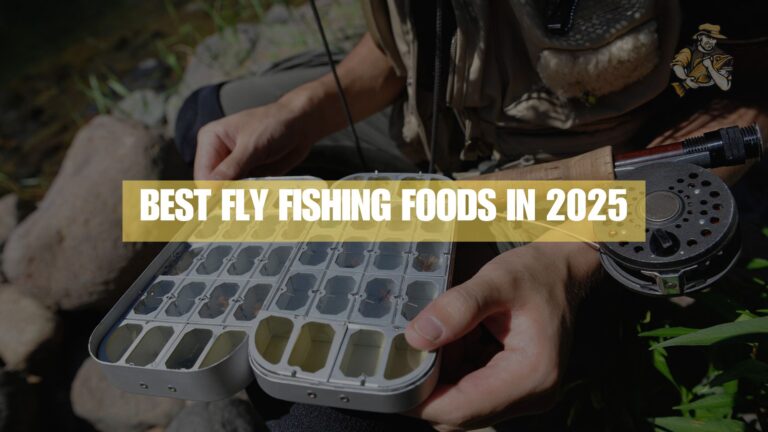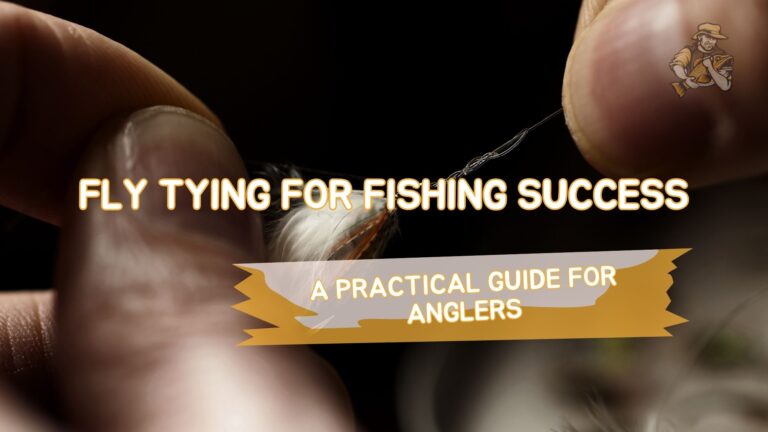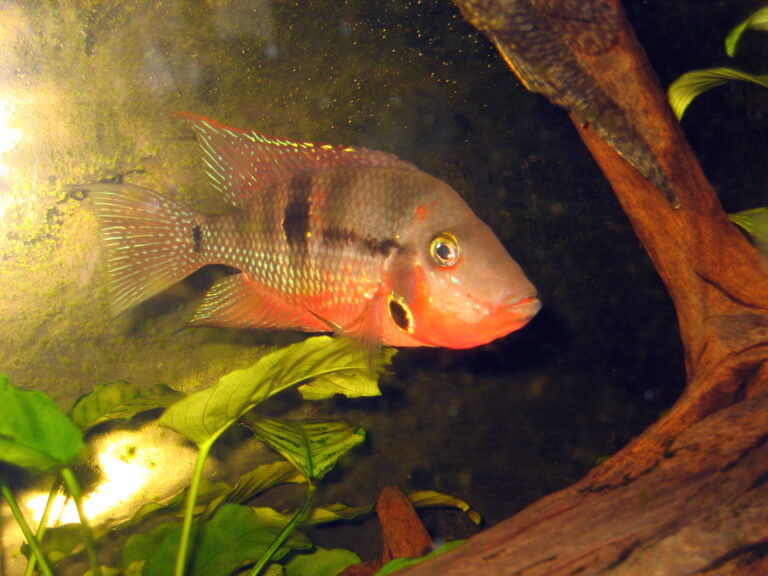Southern Platyfish
By Ryan Maron | Last Modified: June 11, 2025
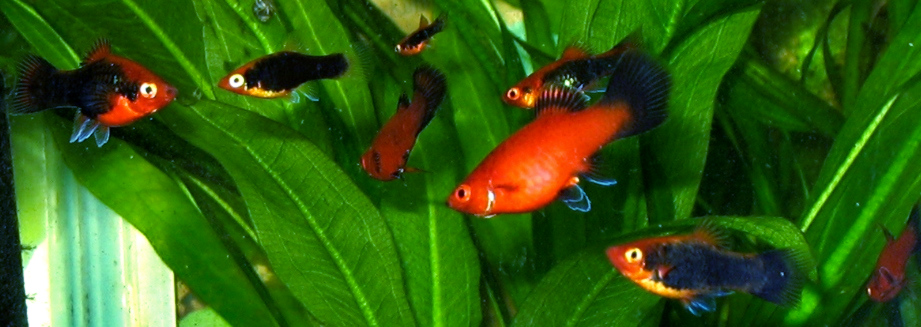
The Southern Platyfish, scientifically known as *Xiphophorus maculatus*, represents one of the most significant freshwater fish species in both wild ecosystems and the global aquarium trade. This small but resilient cyprinodont has earned recognition far beyond its native range, serving as a cornerstone species for genetic research, evolutionary biology studies, and sustainable aquaculture practices. Endemic to the coastal plains and river systems of eastern Mexico and northern Central America, the Southern Platyfish plays a crucial ecological role as both predator of small invertebrates and prey for larger aquatic species within its freshwater habitat zones.
The species demonstrates remarkable adaptability to varying environmental conditions, making it an essential component of neotropical freshwater food webs. Its importance extends into human spheres through extensive use in scientific research, particularly in cancer genetics and developmental biology, while simultaneously supporting a multi-million dollar ornamental fish industry worldwide.
| Feature | Details |
|---|---|
| Common Name | Southern Platyfish |
| Scientific Name | Xiphophorus maculatus |
| Family | Poeciliidae |
| Typical Size | 4-7 cm (1.6-2.8 inches), 2-8 grams |
| Habitat | Shallow freshwater streams and coastal wetlands |
| Diet | Omnivorous – algae, small invertebrates, detritus |
| Distribution | Eastern Mexico to Guatemala |
| Conservation Status | Least Concern |
Taxonomy & Classification
The Southern Platyfish belongs to the family Poeciliidae, commonly known as livebearers, within the order Cyprinodontiformes. This taxonomic classification places *Xiphophorus maculatus* among approximately 40 species within the genus *Xiphophorus*, all of which share the characteristic of internal fertilization and live birth. The species was first scientifically described by Günther in 1866, though local populations had been recognized by indigenous communities for centuries.
Within the Poeciliidae family tree, the Southern Platyfish shares closest evolutionary relationships with the Variable Platyfish (*Xiphophorus variatus*) and various swordtail species. Molecular phylogenetic studies indicate that the *Xiphophorus* genus diverged from its sister taxa approximately 5-7 million years ago during the Miocene epoch. This evolutionary timeline coincides with significant geological activity in the Mexican highlands, which likely contributed to the radiation and speciation events that produced today’s diverse poeciliid assemblages.
Recent genetic analysis has revealed several distinct population clusters within *X. maculatus*, suggesting possible subspecies differentiation across its native range. These populations demonstrate varying degrees of genetic isolation, particularly between Atlantic and Pacific coastal drainage systems. Such genetic structuring provides valuable insights into historical biogeographical processes and contemporary gene flow patterns within fragmented freshwater habitats.
Physical Description
Southern Platyfish exhibit pronounced sexual dimorphism characteristic of the Poeciliidae family. Adult females typically reach 4-7 centimeters in total length, displaying robust, laterally compressed bodies optimized for reproductive success. Their coloration patterns vary significantly across populations and environmental conditions, ranging from olive-brown base tones with darker vertical banding to more vibrant orange, red, or yellow hues in certain genetic lines.
Males remain considerably smaller, averaging 3-5 centimeters at maturity, with more elongated and streamlined body profiles. The most distinguishing male characteristic is the modified anal fin, termed a gonopodium, which serves as the primary reproductive organ. This structure measures approximately 8-12 millimeters in length and features specialized hooks and claspers for successful mating. Male coloration tends toward more intense pigmentation patterns, particularly during breeding periods when territorial displays become frequent.
The species possesses 26-28 scales along the lateral line, with dorsal fin ray counts typically ranging from 10-12. Caudal fin morphology remains relatively consistent across populations, displaying a slightly rounded posterior margin that aids in burst swimming capabilities. Eye diameter represents approximately 25-30% of head length, reflecting the species’ reliance on visual predator detection and prey capture in clear, shallow water environments. Like other platy fish varieties, these physical characteristics make them readily identifiable within their native ecosystems.
Habitat & Distribution
The Southern Platyfish maintains a naturally restricted distribution extending from eastern Mexico through portions of Guatemala and Belize. Primary populations concentrate within the coastal plain regions draining into the Gulf of Mexico, including river systems such as the Río Pánuco, Río Tuxpan, and numerous smaller tributaries flowing eastward from the Sierra Madre Oriental mountain range.
These fish demonstrate strong preferences for shallow, slow-moving freshwater environments characterized by abundant aquatic vegetation and soft substrate conditions. Optimal habitat zones typically feature water depths of 0.5-2 meters, with gentle current velocities rarely exceeding 0.3 meters per second. Temperature ranges within native habitats span 18-28°C seasonally, though populations show remarkable tolerance for thermal fluctuations during dry season concentration periods.
Water chemistry parameters in natural Southern Platyfish habitats tend toward slightly alkaline conditions, with pH values ranging from 7.2-8.4 and moderate hardness levels. Dissolved oxygen concentrations remain consistently high due to extensive macrophyte growth and surface agitation in shallow zones. These environmental conditions support dense populations often exceeding 15-20 individuals per square meter in prime microhabitats.
Human activities have significantly altered the species’ native range through habitat modification, pollution, and water extraction projects. Several historical populations have experienced local extirpations, particularly in areas subjected to intensive agricultural development or urban expansion. However, the species’ adaptability has enabled persistence in modified environments, including irrigation channels, livestock ponds, and created wetlands.
Diet & Feeding Behavior
Southern Platyfish function as opportunistic omnivores within their freshwater ecosystems, exhibiting flexible feeding strategies that contribute to their ecological success across diverse habitat conditions. Primary dietary components include filamentous algae, periphyton, small crustaceans, chironomid larvae, and various organic detritus particles. This varied diet reflects the species’ ability to exploit multiple trophic levels simultaneously.
Feeding behavior patterns demonstrate clear diel rhythms, with peak activity occurring during early morning and late afternoon periods when water temperatures moderate and prey availability increases. Individual fish typically forage within 0.5-1 meter radius zones, systematically searching substrate surfaces and vegetation for suitable food items. Mouth morphology facilitates both surface skimming and benthic probing, enabling efficient resource utilization across vertical habitat gradients.
Group foraging dynamics play important roles in Southern Platyfish feeding ecology. Schools of 8-15 individuals commonly work cooperatively to disturb sediment layers, exposing buried invertebrates and organic matter. This collective behavior increases individual feeding success rates while providing enhanced predator detection capabilities through increased vigilance among group members.
Seasonal dietary shifts occur in response to resource availability changes throughout the annual cycle. During wet season periods, increased terrestrial input provides access to fallen insects, seeds, and plant material. Conversely, dry season concentration forces greater reliance on aquatic primary production and benthic invertebrate communities. Such dietary flexibility enables population persistence through environmental variability cycles.
Behavior & Adaptations
The Southern Platyfish displays complex behavioral repertoires adapted to life in dynamic freshwater environments. Schooling behavior represents one of the most prominent social adaptations, with group sizes typically ranging from 5-25 individuals depending on habitat structure and predation pressure. These aggregations provide multiple benefits including enhanced predator detection, improved foraging efficiency, and increased reproductive opportunities.
Territorial behaviors emerge primarily during breeding periods when males establish and defend small areas of optimal habitat. Territory sizes vary considerably based on resource density and population pressure, typically encompassing 0.25-1 square meter zones containing suitable spawning sites and abundant food resources. Aggressive displays include lateral displays, chasing behaviors, and ritualized fin spreading that rarely escalate to physical contact.
The species demonstrates remarkable physiological adaptations to environmental variability. Osmoregulatory capabilities enable survival in waters ranging from nearly fresh to moderately brackish conditions, allowing population expansion into estuarine zones during certain seasonal periods. Temperature tolerance mechanisms include behavioral thermoregulation through depth selection and microhabitat positioning.
Predator avoidance strategies incorporate both individual and group-level responses. Escape behaviors feature rapid burst swimming capabilities reaching speeds of 8-10 body lengths per second. Cryptic coloration patterns provide camouflage among aquatic vegetation, while schooling behavior creates confusion effects that reduce individual predation risk. These behavioral adaptations mirror patterns seen in related molly fish species within similar ecological niches.
Reproduction & Life Cycle
Southern Platyfish reproduction follows the typical poeciliid pattern of internal fertilization and live birth, representing a significant evolutionary advancement over external spawning strategies employed by most freshwater fish species. Sexual maturity occurs at approximately 3-4 months of age, coinciding with individuals reaching 60-70% of adult body size. This rapid maturation rate contributes to the species’ ability to maintain stable populations despite environmental pressures.
Mating behavior involves elaborate courtship rituals initiated by mature males. These displays include zigzag swimming patterns, intense coloration enhancement, and persistent following of receptive females. Successful copulation requires precise positioning as males insert the gonopodium to transfer sperm packets directly into the female reproductive tract. This process typically lasts 2-5 seconds and may be repeated multiple times during breeding encounters.
Gestation periods range from 24-30 days depending on water temperature and nutritional conditions. Female Southern Platyfish can store viable sperm for extended periods, enabling multiple broods from single mating events. Brood sizes vary considerably based on female size and age, with young females producing 15-25 fry while mature individuals may release 40-80 offspring per reproductive cycle.
Newly born fry measure approximately 6-8 millimeters at birth and demonstrate immediate swimming capabilities. Parental care remains minimal, though females occasionally exhibit brief protective behaviors in areas with high predation pressure. Juvenile survival rates depend heavily on habitat complexity and food availability, with mortality typically highest during the first two weeks post-birth. Growth proceeds rapidly under favorable conditions, with juveniles reaching 50% adult size within 6-8 weeks.
Predators & Threats
Natural predation pressure on Southern Platyfish populations comes from diverse aquatic and semi-aquatic species throughout their native range. Primary fish predators include largemouth bass (*Micropterus salmoides*), various cichlid species, and larger cyprinids that inhabit overlapping habitat zones. Avian predators such as kingfishers, herons, and egrets pose significant threats, particularly to individuals occupying shallow, open water areas.
Aquatic invertebrate predators impact primarily juvenile life stages, with dragonfly nymphs, water bugs, and predaceous diving beetles capable of consuming newly born fry. These invertebrate interactions create complex predator-prey dynamics that influence Southern Platyfish distribution patterns within individual water bodies. Dense vegetation provides crucial refuge habitat that reduces predation mortality across all age classes.
Anthropogenic threats have emerged as increasingly significant factors affecting wild Southern Platyfish populations. Habitat degradation through agricultural runoff introduces pesticides and fertilizers that disrupt reproductive success and survival rates. Water extraction for irrigation and municipal supplies reduces available habitat while concentrating remaining populations in suboptimal conditions.
Climate change impacts manifest through altered precipitation patterns, increased temperature extremes, and modified seasonal flooding cycles. These environmental shifts affect spawning timing, prey availability, and habitat connectivity between population centers. Introduced species, particularly non-native fish and aquatic plants, create additional competitive pressures and habitat modifications that challenge native Southern Platyfish communities.
Pollution from industrial and domestic sources poses ongoing threats through heavy metal contamination, organic compounds, and nutrient loading that triggers eutrophication processes. Such water quality degradation reduces reproductive success while increasing susceptibility to disease outbreaks and parasitic infections.
Conservation Status
The International Union for Conservation of Nature currently classifies the Southern Platyfish as Least Concern on the IUCN Red List, reflecting the species’ relatively stable population status and broad distribution within its native range. However, this designation masks concerning trends in several localized populations that have experienced significant declines or extirpations due to habitat loss and degradation.
Regional conservation assessments reveal more nuanced population dynamics, with Mexican environmental authorities documenting range contractions in approximately 30% of historically occupied watersheds. These declines concentrate primarily in areas subjected to intensive agricultural development, urban expansion, and water diversion projects that fragment or eliminate suitable habitat conditions.
Conservation efforts for Southern Platyfish populations focus primarily on habitat protection and restoration initiatives. Several Mexican states have established protected areas encompassing critical watersheds, though enforcement and long-term management funding remain challenging. Collaborative programs between government agencies, academic institutions, and local communities aim to balance conservation objectives with sustainable development needs.
Ex-situ conservation programs maintain genetic diversity through captive breeding populations housed at multiple institutions worldwide. These programs serve dual purposes of preserving wild-type genetic characteristics while supporting ongoing research activities. However, concerns exist regarding potential genetic pollution of wild populations through escaped or released aquarium-strain individuals that may lack adaptive traits necessary for survival in natural environments.
Monitoring programs track population trends and habitat conditions across the species’ range, providing essential data for adaptive management strategies. These efforts incorporate traditional ecological knowledge from indigenous communities alongside modern scientific methodologies to develop comprehensive understanding of ecosystem dynamics and conservation priorities.
Human Interaction
The relationship between humans and Southern Platyfish extends back centuries, with indigenous communities throughout Mexico and Central America utilizing these fish as both food sources and components of traditional ecological management systems. Archaeological evidence suggests that pre-Columbian societies maintained constructed wetlands that supported Southern Platyfish populations alongside agricultural crops, demonstrating sophisticated understanding of integrated ecosystem management.
Modern human interactions with Southern Platyfish center primarily around the global aquarium trade, where selectively bred ornamental varieties generate significant economic value. The aquarium industry has developed numerous color morphs, fin variations, and size classes that differ substantially from wild populations. Annual global trade volumes exceed several million individuals, making Southern Platyfish among the most commercially important freshwater ornamental species.
Scientific research applications represent another crucial dimension of human-Southern Platyfish interactions. Laboratory populations serve as model organisms for studies in genetics, developmental biology, cancer research, and evolutionary biology. The species’ short generation time, ease of maintenance, and well-characterized genome make it particularly valuable for research programs worldwide. Over 2,000 scientific publications have utilized Southern Platyfish as study subjects since 1950.
Aquaculture applications focus on both ornamental production and potential food fish development. Commercial breeding facilities operate throughout Asia, Europe, and the Americas, employing sophisticated genetic management techniques to maintain desired traits while avoiding inbreeding depression. These operations require careful biosecurity measures to prevent genetic contamination of wild populations through escaped individuals.
Educational programs frequently incorporate Southern Platyfish as teaching tools for demonstrating principles of genetics, ecology, and animal behavior. Their hardy nature and obvious sexual dimorphism make them ideal subjects for classroom aquarium systems and student research projects. This educational role contributes to broader public awareness of freshwater ecosystem conservation needs.
Interesting Facts
Southern Platyfish possess remarkable regenerative capabilities, particularly regarding fin tissue and scale regeneration following injury or predator attacks. Complete fin regeneration typically occurs within 2-3 weeks under optimal conditions, a trait that contributes significantly to survival rates in predator-rich environments. This regenerative capacity has attracted considerable scientific interest for potential medical applications.
The species exhibits unusual behavioral responses to lunar cycles, with increased reproductive activity occurring during new moon periods when reduced light levels provide enhanced protection from visual predators. This lunar synchronization affects entire population breeding cycles and influences genetic mixing patterns within local communities.
Color vision capabilities in Southern Platyfish extend into ultraviolet spectrums invisible to human perception. This enhanced visual system enables detection of subtle color patterns used in mate selection and species recognition. Males displaying in ultraviolet wavelengths appear significantly more attractive to females than those lacking UV-reflective pigmentation.
Genetic studies have revealed that Southern Platyfish possess one of the most variable genomes among freshwater fish species, with over 15% of genetic loci showing polymorphic variation. This genetic diversity provides exceptional adaptive potential and contributes to the species’ success across diverse environmental conditions. Research programs continue to explore applications of this genetic variation for aquaculture and conservation purposes.
Social learning behaviors demonstrate that young Southern Platyfish can acquire foraging techniques and predator recognition responses through observation of experienced individuals. This cultural transmission of ecological knowledge enhances survival rates and enables rapid adaptation to novel environmental challenges. Such learning capabilities are relatively rare among small freshwater fish species.
Temperature-dependent sex determination occurs in some Southern Platyfish populations, where environmental temperatures during early development influence the ratio of males to females produced. This phenomenon creates complex population dynamics and adaptive responses to climate variation that continue to be studied by researchers worldwide.
Frequently Asked Questions
How long do Southern Platyfish live in the wild?
Wild Southern Platyfish typically live 1.5-2.5 years, though maximum lifespans can reach 3-4 years under optimal conditions with low predation pressure. Factors such as water temperature, food availability, and predation intensity significantly influence individual longevity within natural populations.
Can Southern Platyfish survive in saltwater environments?
While primarily freshwater fish, Southern Platyfish can tolerate moderately brackish conditions up to approximately 8-10 parts per thousand salinity. This tolerance enables seasonal movements into estuarine zones and survival in coastal wetlands subjected to saltwater intrusion during storm events or tidal influences.
What is the difference between wild and aquarium Southern Platyfish?
Wild Southern Platyfish typically display more subdued coloration, smaller adult sizes, and greater behavioral wariness compared to aquarium-bred varieties. Captive breeding has produced numerous color morphs, enlarged fins, and modified body proportions that rarely occur in natural populations. Genetic differences may also affect survival capabilities in wild environments.
Do Southern Platyfish schools have social hierarchies?
Southern Platyfish schools exhibit loose dominance hierarchies, particularly among males during breeding periods. Larger, more colorful males typically occupy preferred positions within groups and gain preferential access to food resources and mating opportunities. However, these hierarchies remain relatively fluid and context-dependent rather than rigidly established.
Conclusion
The Southern Platyfish stands as a remarkable example of evolutionary success within freshwater ecosystems, demonstrating exceptional adaptability while maintaining crucial ecological functions as both predator and prey species. Its significance extends far beyond native habitat boundaries through contributions to scientific research, aquaculture development, and global appreciation for freshwater biodiversity. Continued conservation efforts remain essential to preserve wild populations and their genetic heritage for future generations, ensuring that this remarkable species continues to thrive in both natural ecosystems and human care environments.
Share The Article:
More Fish Species:
-
Pleco
The **Pleco**, scientifically known as *Pterygoplichthys multiradiatus* (common pleco), represents one of the most recognizable and ecologically significant groups…
-
Spotted Bass
The Spotted Bass (Micropterus punctulatus) stands as one of North America’s most distinctive freshwater game fish, renowned for its…
-
Silky Shark
The Silky Shark represents one of the most widespread and ecologically significant requiem sharks in tropical and subtropical waters…
-
Kribensis Cichlid
The Kribensis Cichlid (Pelvicachromis pulcher) stands as one of West Africa’s most remarkable freshwater fish species, captivating aquarists and…
-
Wagtail Platy
The Wagtail Platy stands as one of the most distinctive and beloved freshwater aquarium fish, renowned for its elegant…
-
Longfin Mako Shark
The Longfin Mako Shark represents one of nature’s most enigmatic and misunderstood predators, embodying both the raw power and…
Discover
-
New York Fishing License: Costs, Types & Where to Buy in 2025
Figuring out fishing licenses can be a headache, especially when you’re just eager to get out on the water….
-
Blue Shark
The Blue Shark (Prionace glauca) represents one of the ocean’s most accomplished travelers, traversing entire ocean basins in epic…
-
How to Fish in Murky Water: Expert Michigan Angler Shares Secrets
Last Tuesday, I was standing knee-deep in chocolate-colored water where Kellogg Creek dumps into the Kalamazoo River. Water visibility:…
-
Best Saltwater Fishing Rigs in 2025
As someone who’s spent over three decades casting lines into just about every body of water I could find,…
-
Bigeye Thresher Shark
The Bigeye Thresher Shark represents one of the ocean’s most extraordinary predators, distinguished by its dramatically elongated tail fin…
-
7 Best Fly Fishing Foods That Trout Can’t Resist in 2025
If there’s one thing I’ve learned after three decades of fly fishing, it’s that trout can be maddeningly selective…
Discover
-
Bass Fishing Techniques: Expert Tips That Actually Work
Bass fishing has been my passion for over three decades, and if there’s one thing I’ve learned, it’s that…
-
East Coast Surf Fishing: Targeting Striped Bass and Bluefish from Shore
When I first tried East Coast surf fishing nearly 15 years ago, I was absolutely terrible at it. I…
-
Smallmouth Bass
The Smallmouth Bass represents one of North America’s most prized freshwater game fish, combining impressive fighting ability with remarkable…
-
Fly Tying for Fishing Success: A Practical Guide for Anglers
There’s something deeply satisfying about catching a fish on a fly you’ve tied with your own hands. I still…
-
Pearl Gourami
The Pearl Gourami stands as one of the most recognizable and ecologically significant members of the labyrinth fish family,…
-
Firemouth Cichlid
The Firemouth Cichlid (*Thorichthys meeki*) stands as one of Central America’s most recognizable freshwater fish species, distinguished by its…

